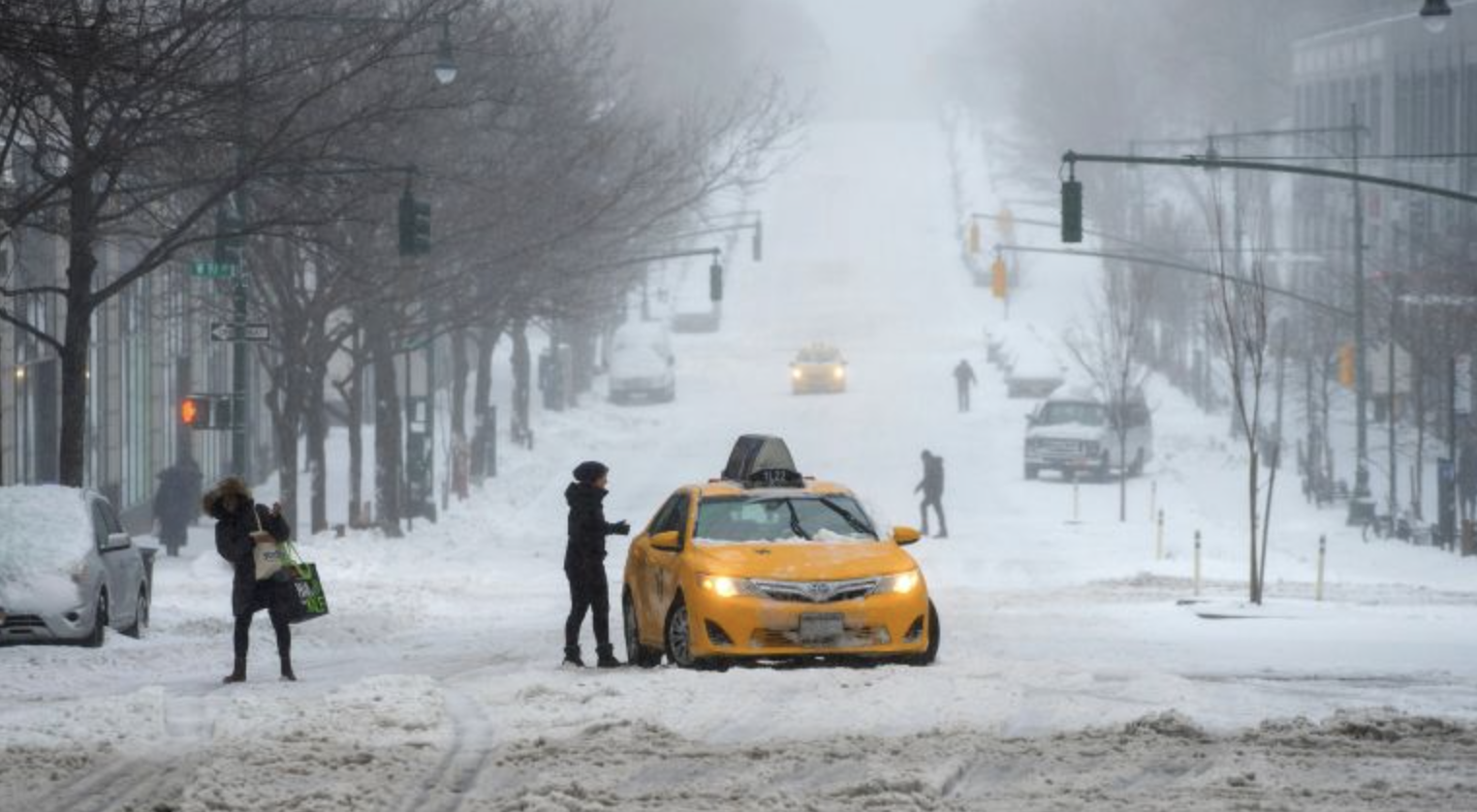


Hurricane Harvey’s flooding in Houston, image by NOAA It is increasingly clear, now more than ever, that New Yorkers must choose between saving the crumbling past, or preparing for a difficult but potentially salvageable future. If that were not enough, national losses from disasters influenced by climate change or otherwise surpassing $400 billion in 2017, or approximately four percent of the United States’ gross domestic product, with Harvey’s total alone falling just short of $200 billion. However, the politics of preservation are about to run into headwinds that are rapidly worsening, and now, concrete measurements of indisputable changes in local climatology are making it obvious that the 35% increase in atmospheric Carbon Dioxide since the writing of “White Christmas” is increasingly impacting the lives of the Five Boroughs’ inhabitants. New York City’s NIMBY populations generally fashion themselves among the more liberal members of society at large. While this adheres to most climactic predictions, the discord between snowfall and temperatures show that general vague statements about what is coming next fail to describe the more dramatic changes actually occurring on the ground, which are seemingly impossible to predict based on current modeling.Īpproximate Global Carbon Dioxide levels over the past few centuries, data from CO2 Levels The City now regularly contends for its hottest-month-on-record, and while strikingly negative anomalies like February of 2015 still occur, the overall trend is warmer. The statistics get even weirder when considering that mounting snowfall totals come in spite of temperatures that continue to increase in general. With New York City’s median recent snowfalls tripling in a matter of two decades and surpassing totals at the end of the Little Ice Age at the same time that temperatures have continued to warm, it is time for the city’s inhabitants to ask why exactly this is happening, and consider the practical implications that a rapidly-shifting climate will have on real estate. What has followed is nothing short of a holiday miracle: in the subsequent eighteen years, snowfall has increased in an unprecedented fashion across much of the Northeastern seaboard, with the rolling median at Central Park now reaching 40 inches. “Their insights and their mentorship will be tremendously helpful to students who aspire to public office, as well as to those who are looking to lead in other sectors,” she said.When “White Christmas” was written in 1942, Irving Berlin had good reason to yearn for the snows “just like the ones used to know.” Measurements of the white stuff in Manhattan had been slumping since the late 1800s, with the 15-year rolling median of 35.5 inches from 1884 falling to a mere 15.6 inches by the year of the song’s release, and then plunging further, to only 13.4 inches in 1998-99.


Williams said both officials grappled with public health crises including COVID-19, homelessness and the opioid epidemic. “We are thrilled to welcome Mayor de Blasio and Mayor Janey to campus as Menschel Senior Leadership Fellows,” Dean Michelle A. Kim Janey, the former acting mayor of Boston, will also serve as a fellow at the public health school. Chan School of Public Health, the schools said in separate announcements Wednesday. NEW YORK (AP) - Former New York City Mayor Bill de Blasio is headed to Harvard this fall as a teaching fellow at the university’s schools of government and public health.ĭe Blasio, a Democrat who served as mayor from from 2014 to 2021, will take part in “a variety of discussions, events, and programming” at the Institute of Politics at the Harvard Kennedy School and will teach classes on leadership and public service at the Harvard T.H.


 0 kommentar(er)
0 kommentar(er)
